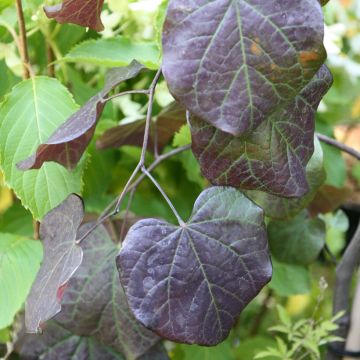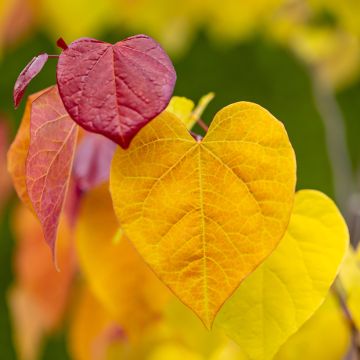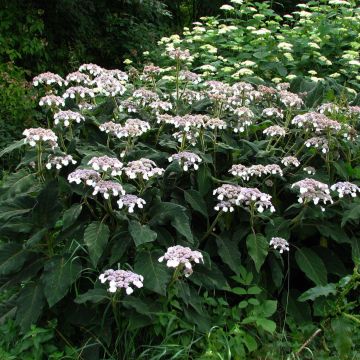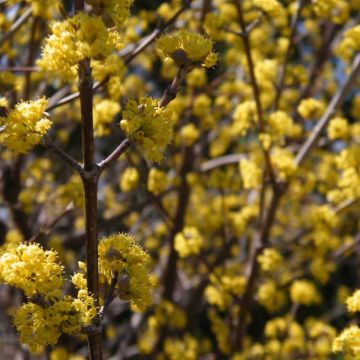

Cercis chinensis Avondale - Chinese Redbud


Cercis chinensis Avondale - Chinese Redbud
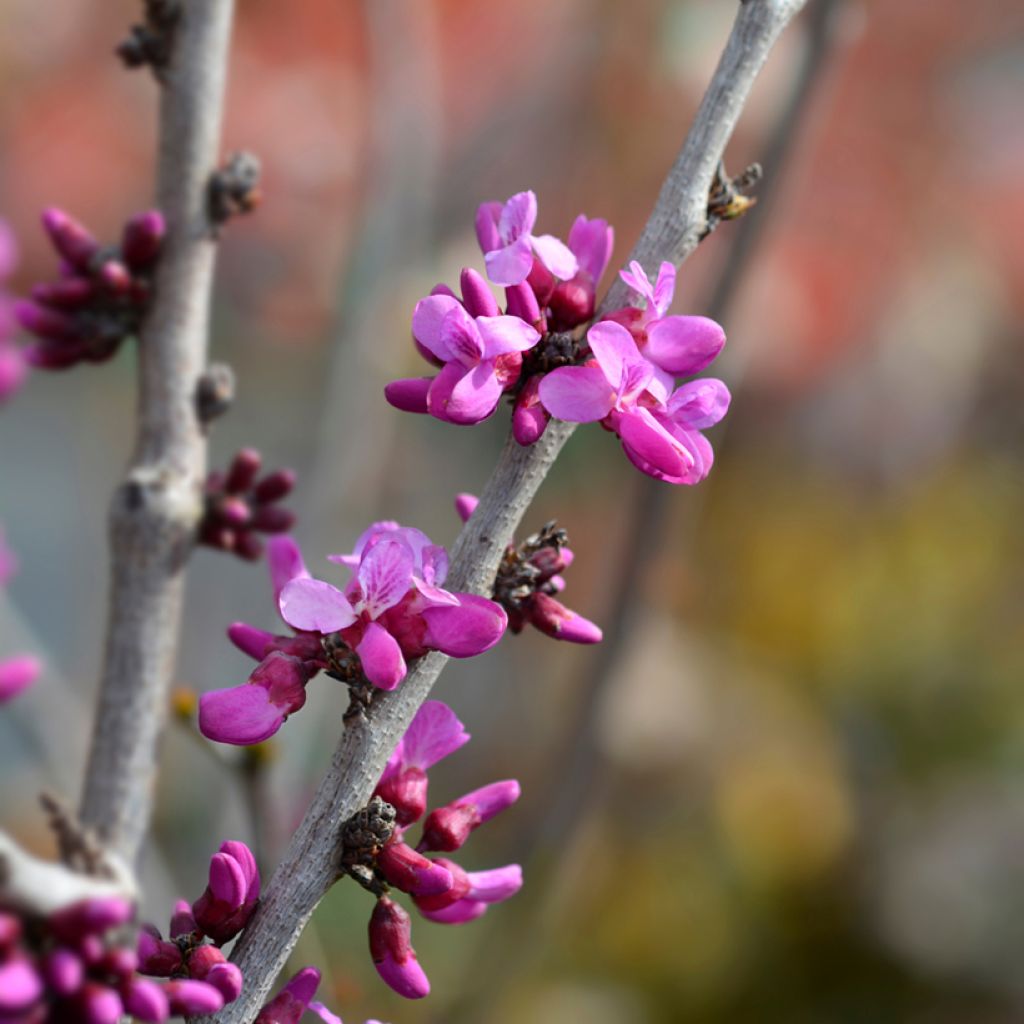

Cercis chinensis Avondale - Chinese Redbud


Cercis chinensis Avondale - Chinese Redbud


Cercis chinensis Avondale - Chinese Redbud
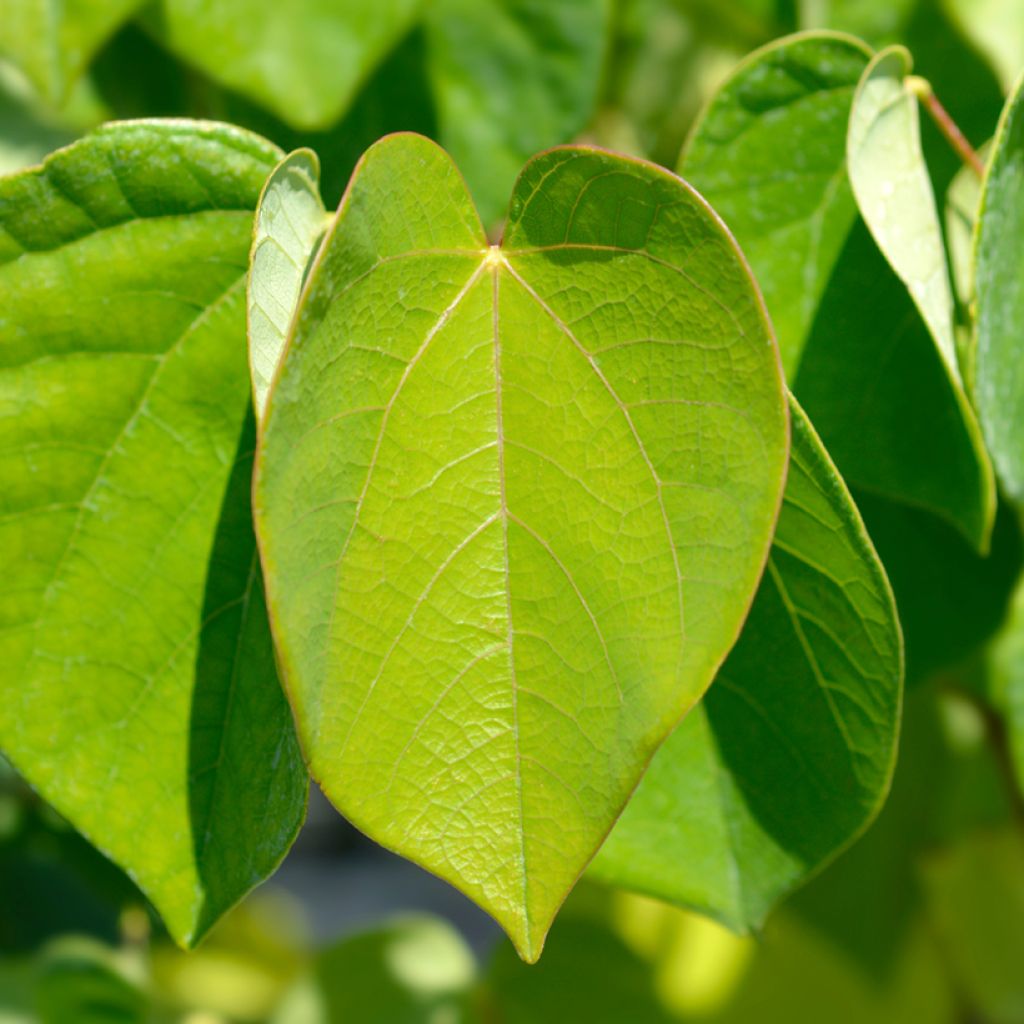

Cercis chinensis Avondale - Chinese Redbud


Cercis chinensis Avondale - Chinese Redbud


Cercis chinensis Avondale - Chinese Redbud


Cercis chinensis Avondale - Chinese Redbud
Cercis chinensis Avondale - Chinese Redbud
Cercis chinensis Avondale
Chinese Redbud, Judas Tree
This item cannot be shipped to the selected country
Delivery charge from €5.90
Oversize package delivery charge from €6.90
Delivery to Corse prohibited
More information
Schedule delivery date,
and select date in basket
This plant carries a 24 months recovery warranty
More information
We guarantee the quality of our plants for a full growing cycle, and will replace at our expense any plant that fails to recover under normal climatic and planting conditions.
From €5.90 for pickup delivery and €6.90 for home delivery
Express home delivery from €8.90.
Oversize package: home delivery by special carrier from €6.90 per order..
Express home delivery from €8.90.
Delivery to Corse prohibited: UE law prohibits the import of this plant from mainland France to Corse as part of the fight against Xylella fastidiosa. Please accept our sincere apologies.
More information

Does this plant fit my garden?
Set up your Plantfit profile →
Description
The Chinese Redbud Avondale, or Cercis chinensis Avondale, is a deciduous bush with an upright and compact habit, branching from the base. It offers intense flowering in April with clusters of small, bright-pink, pea-like flowers that cover each of its bare branches. Its deep-green, heart-shaped foliage is larger than other redbuds and turns golden-yellow in autumn. This low-maintenance bush is perfect for small gardens and can thrive in any well-drained soil, even dry, and is perfectly hardy.
The Cercis chinensis is a member of the Fabaceae or Leguminosae family and is native to China and Japan. The species was discovered in a botanical park in New Zealand as a spontaneous mutation called 'Avondale'. This small tree or bush has an upright habit and branches from the base, slowly growing to a height of 2 m (6 ft 7 in) and a width of 1.50 m (4 ft 11 in).
In April, the flowers of this bush appear on its branches before the leaves do. They are cherry pink or bright pink in colour and are abundant and pea-like in shape, giving the plant a vibrant look. The plant's fruits form flat pods which appear in summer and remain on the plant throughout winter, a treat for the birds. The bush's foliage is heart-shaped, rounded, thick and smooth and measures around 7 to 8 cm (3.1 in) in length. The leaves emerge as red, changing to a deep and vibrant green colour, then turning yellow in autumn. The plant's bark is dark in colour.
This relative of the Judas tree has a low-growth habit, which makes it perfect for growing in containers on a balcony or terrace. It is not very demanding and can grow in normal or even dry soil. It can be planted alone or in a group with other flowering bushes like lilacs, shrub roses, and small buddleias.
Report an error about the product description
Cercis chinensis Avondale - Chinese Redbud in pictures
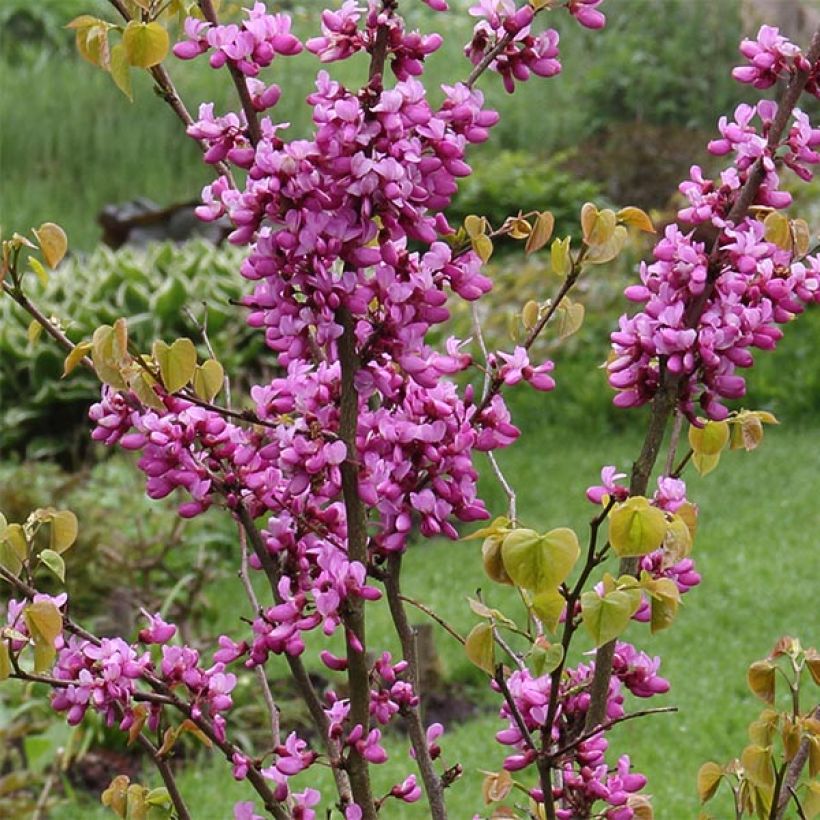



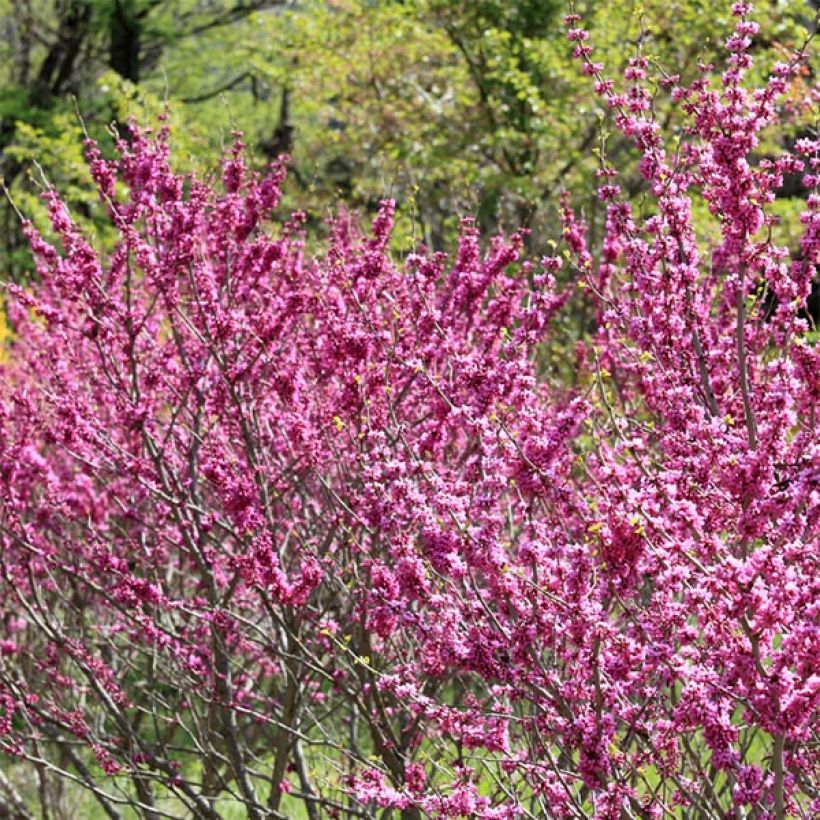

Plant habit
Flowering
Foliage
Botanical data
Cercis
chinensis
Avondale
Fabaceae
Chinese Redbud, Judas Tree
Cultivar or hybrid
Other Cercis
Planting and care
The Cercis chinensis Avondale, like all Judas trees, should not be moved once it has matured. Therefore, it is essential to choose its location carefully, preferably in a sunny spot. It is not picky about soil type but prefers well-draining soil, especially with a limestone base. Pruning is not necessary, but you should remove dead, dry, or misshapen branches to maintain their beautiful silhouette after it has bloomed.
The best time to plant is from November to March, but if you have container-grown specimens, they can be planted anytime. When planting, make sure to create a watering basin. Young bushes need regular watering during their first three years, so keeping them hydrated is crucial. To protect young plants from winter weather, it's recommended to mulch around their base.
Planting period
Intended location
Care
-
, onOrder confirmed
Reply from on Promesse de fleurs
Striking foliage shrubs
Haven't found what you were looking for?
Hardiness is the lowest winter temperature a plant can endure without suffering serious damage or even dying. However, hardiness is affected by location (a sheltered area, such as a patio), protection (winter cover) and soil type (hardiness is improved by well-drained soil).

Photo Sharing Terms & Conditions
In order to encourage gardeners to interact and share their experiences, Promesse de fleurs offers various media enabling content to be uploaded onto its Site - in particular via the ‘Photo sharing’ module.
The User agrees to refrain from:
- Posting any content that is illegal, prejudicial, insulting, racist, inciteful to hatred, revisionist, contrary to public decency, that infringes on privacy or on the privacy rights of third parties, in particular the publicity rights of persons and goods, intellectual property rights, or the right to privacy.
- Submitting content on behalf of a third party;
- Impersonate the identity of a third party and/or publish any personal information about a third party;
In general, the User undertakes to refrain from any unethical behaviour.
All Content (in particular text, comments, files, images, photos, videos, creative works, etc.), which may be subject to property or intellectual property rights, image or other private rights, shall remain the property of the User, subject to the limited rights granted by the terms of the licence granted by Promesse de fleurs as stated below. Users are at liberty to publish or not to publish such Content on the Site, notably via the ‘Photo Sharing’ facility, and accept that this Content shall be made public and freely accessible, notably on the Internet.
Users further acknowledge, undertake to have ,and guarantee that they hold all necessary rights and permissions to publish such material on the Site, in particular with regard to the legislation in force pertaining to any privacy, property, intellectual property, image, or contractual rights, or rights of any other nature. By publishing such Content on the Site, Users acknowledge accepting full liability as publishers of the Content within the meaning of the law, and grant Promesse de fleurs, free of charge, an inclusive, worldwide licence for the said Content for the entire duration of its publication, including all reproduction, representation, up/downloading, displaying, performing, transmission, and storage rights.
Users also grant permission for their name to be linked to the Content and accept that this link may not always be made available.
By engaging in posting material, Users consent to their Content becoming automatically accessible on the Internet, in particular on other sites and/or blogs and/or web pages of the Promesse de fleurs site, including in particular social pages and the Promesse de fleurs catalogue.
Users may secure the removal of entrusted content free of charge by issuing a simple request via our contact form.
The flowering period indicated on our website applies to countries and regions located in USDA zone 8 (France, the United Kingdom, Ireland, the Netherlands, etc.)
It will vary according to where you live:
- In zones 9 to 10 (Italy, Spain, Greece, etc.), flowering will occur about 2 to 4 weeks earlier.
- In zones 6 to 7 (Germany, Poland, Slovenia, and lower mountainous regions), flowering will be delayed by 2 to 3 weeks.
- In zone 5 (Central Europe, Scandinavia), blooming will be delayed by 3 to 5 weeks.
In temperate climates, pruning of spring-flowering shrubs (forsythia, spireas, etc.) should be done just after flowering.
Pruning of summer-flowering shrubs (Indian Lilac, Perovskia, etc.) can be done in winter or spring.
In cold regions as well as with frost-sensitive plants, avoid pruning too early when severe frosts may still occur.
The planting period indicated on our website applies to countries and regions located in USDA zone 8 (France, United Kingdom, Ireland, Netherlands).
It will vary according to where you live:
- In Mediterranean zones (Marseille, Madrid, Milan, etc.), autumn and winter are the best planting periods.
- In continental zones (Strasbourg, Munich, Vienna, etc.), delay planting by 2 to 3 weeks in spring and bring it forward by 2 to 4 weeks in autumn.
- In mountainous regions (the Alps, Pyrenees, Carpathians, etc.), it is best to plant in late spring (May-June) or late summer (August-September).
The harvesting period indicated on our website applies to countries and regions in USDA zone 8 (France, England, Ireland, the Netherlands).
In colder areas (Scandinavia, Poland, Austria...) fruit and vegetable harvests are likely to be delayed by 3-4 weeks.
In warmer areas (Italy, Spain, Greece, etc.), harvesting will probably take place earlier, depending on weather conditions.
The sowing periods indicated on our website apply to countries and regions within USDA Zone 8 (France, UK, Ireland, Netherlands).
In colder areas (Scandinavia, Poland, Austria...), delay any outdoor sowing by 3-4 weeks, or sow under glass.
In warmer climes (Italy, Spain, Greece, etc.), bring outdoor sowing forward by a few weeks.

































